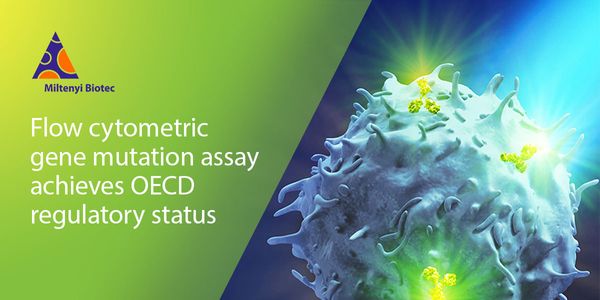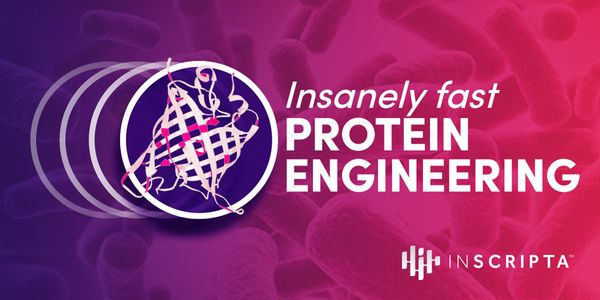Mutagenesis
Mutagenesis: is a process by which the genetic information of an organism is changed, resulting in a mutation. It may occur spontaneously in nature, or as a result of exposure to mutagens. It can also be achieved experimentally using laboratory procedures.
-
NOV 01, 2022 | 10:00 AMDate: November 01, 2022 Time: 10:00am (PDT), 1:00pm (EDT), 6:00pm (CET) Our laboratory developed the Pig-a gene mutation assay as a means to simply and reliably evaluate the potential mutage...MAY 26, 2022 | 8:00 AMDate: May 26, 2022 Time: 8:00am (PDT), 11:00am (EDT), 5:00pm (CEST), 12:00am JST The industry still relies heavily on PCR and cell-based cloning. Both are decades old methodologies. However,...OCT 14, 2021 | 7:00 AMDate: October 14, 2021 Time: 7:00am (PDT), 10:00am (EDT) Heterologous protein expression in model organisms has many applications, including protein engineering, production of industrial enz...AUG 25, 2021 | 8:00 AMDate: August 25, 2021 Time: 8:00am (PDT), 11:00am (EDT) Heterologous protein production is an indispensable tool in biotechnology and biopharma for manufacturing enzymes, protein therapeutic...FEB 24, 2021 | 10:00 AMDATE: February 24, 2021 TIME: 10am PST Automated lab instruments such as liquid handlers and cell sorters are increasingly common in all types of laboratories, driving fast results for labor...JAN 26, 2021 | 8:00 AMDate: January 26, 2021 Time: 9:00am (PST), 12:00pm (EST) Over the past years, CRISPR/Cas genome editing has quickly become the method of choice for genetic manipulation, owing to its ease-of...Immunohistochemistry (IHC) is used to determine spatial relationships where we can identify the localization of target proteins in specific regions and cells of a tissue. IHC has been the go...
While circulating cell-free DNA (ccfDNA) and to some extend CTCs from blood are routinely used as analyte in liquid biopsy cancer research applications, circulating cell-free RNA (ccfRNA) ha...
Speaker:
Thorsten Voss, PhD
Soluble cytokine biomarkers are the master regulators of cell-to-cell communication-- the means by which one cell tells another what to do or where to go. Determining the biomarker signature...
Speaker:
Jenny Koenitzer, PhD
Multiplex detection of oncogenic mutations using LNA-based assays on the QIAcuity digital PCR system Digital PCR (dPCR) enables specific and sensitive detection of genetic alterations in onc...
Speaker:
Dr. Özlem Karalay
The continued rapid expansion of immunotherapies, including both in vivo and ex vivo therapeutics, has driven the development and adoption of novel tools to study, asses and understand these...
Speaker:
Benjamin Borgo, PhD
Martin highlights various factors impacting molecular analysis from FFPE samples and key challenges and considerations while working with this precious yet challenging sample type. Learning...
Speaker:
Martin Schlumpberger, PhD
Antibodies have become one of the most important tools in life science research, allowing the detection, quantitation, and determination of changes in proteins and other molecules with respe...
Speaker:
Wayne Speckmann, PhD
Immunohistochemistry (IHC) is used to determine spatial relationships where we can identify the localization of target proteins in specific regions and cells of a tissue. IHC has been the go...
Speaker:
Vivian Barry, MS
Presented at: Cancer Research & Oncology Week Virtual Event Series 2020
Sponsored By: Roche Diagnostics
Sponsored By: Roche Diagnostics























